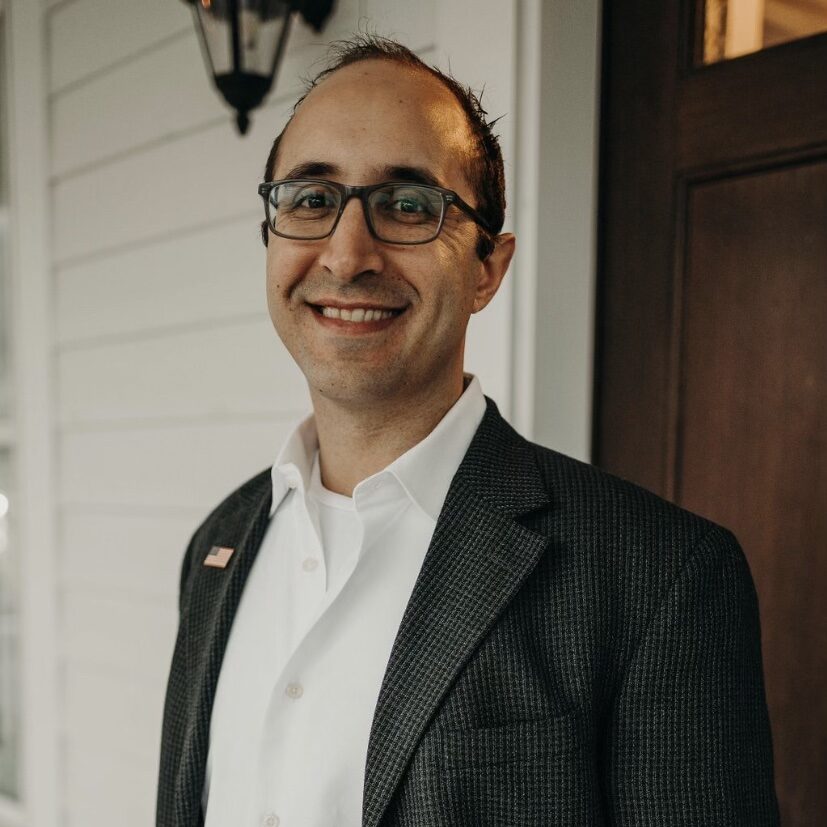A Way to Ensure Just Compensation for Inventors
“Rather than requiring an inventor to pay for certain potentially unnecessary patent powers…and/or only providing inventors with certain limited patent powers…the patent durability calculator would allow costs and durability associated with a patent to be tailored to the present value of the secret.”
Inventions are secrets, at least until they are divulged to others. It would be lovely if an inventor could simply tell their secret to the world and receive just compensation in exchange. However, human nature tells us that people are reluctant to pay for something they are using unless someone makes them pay for it. When an inventor files a patent application, the secret of their invention is instantly shared with the world via public disclosure. As a result of the speed with which the inventor’s secret is shared with the world, receiving just compensation from users of that secret is particularly difficult.
To better illustrate this concept, there’s a scene in the movie, The Imitation Game, where Benedict Cumberbatch, the actor who played Alan Turing, and his team crack the German Enigma machine. One of the team members instantly wanted to save a British convoy of 500 people with the information they had learned and was shut down by Turing. What’s interesting about this exchange is that Turing knew that quickly revealing the information would be more costly than saving the convoy. As such, he decided to meet with an MI6 agent, and told the agent, “We need your help, to keep this a secret from Admiralty, Army, RAF… as no one can know that we’ve broken Enigma, while we develop a system to help you determine how much intelligence to act on, which attacks to stop, which to let through. Statistical analysis, the minimum number of actions it will take for us to win the war, but the maximum number we can take before the Germans get suspicious.” The agent replied, “And you’re going to trust all of this to statistics, to math?”
Doing the Math
In today’s world, inventors receive compensation from future infringers via patents. Additionally, regardless of the presently determined value of an invention, all patents protect inventions in the exact same manner. In other words, the system is one size fits all, wherein the inventor pays the same fees (e.g., $20,000-$30,000 regardless of the attorney used) for a patent that provides the same coverage. More specifically, patents do not have damage caps or assertion caps, and they all have the same patent term. Inventors also generally pay the same patent office fees for applications having different numbers of claims, and they must satisfy the exact same standards (e.g., 35 U.S.C. § 101/103) when procuring a patent. Furthermore, future infringers have the power to ensure a patent is valid, whether by petitioning for inter partes review (e.g., which requires payment of the same fee for all patents), or otherwise. Accordingly, since all patents are the same, the secrets of all inventors are protected in the same manner. However, if anything can be learned from the cracking of the Enigma machine, which remained a government-held secret for more than 50 years, it is that not all secrets are created equal.
In an earlier article I authored, ‘Patent Durability: Building a Better Fence’, it was submitted that on the filing date, having inventors enter components into a patent durability calculator would yield a cost schedule via an actuarial process, as done in the insurance industry. In turn, costs (e.g., maintenance fees, filing fees, and attorney fees) would be different for every patent, just as the resulting durability (e.g., strength) of every patent would be different. What this would do is remove waste from the system and transfer it into the pockets of inventors via an actuarial process. In other words, secrets would be trusted with statistics and math. For example, rather than requiring an inventor to pay for certain potentially unnecessary patent powers (e.g., the power to sue for $200 million and the power to sue an unlimited number of times) and/or only providing inventors with certain limited patent powers (e.g., the power to require future infringers to pay the same fee every time to institute inter partes review), the patent durability calculator would allow costs and durability associated with a patent to be tailored to the present value of the secret.
Addressing the Skeptics
One concern many might have about patent durability is what it would do for our patent landscape. If a large enough movement occurred to implement patent durability, and it would unquestionably take a massive movement, the system would see many more patents granted. The reason is because more inventors, including inventors of $200,000 inventions and inventors of $10 billion trade secret inventions, would be brought into the patent system. While it might seem like this would clog up the courts and the patent offices around the world, having patent durability proscribed with every patent would also significantly streamline litigation. Every patent in such a system would have a unique mark of how it would be litigated, thus allowing inventors and future infringers to go into litigation with a patent that would be custom-made for their dispute. In turn, more trust and less fighting would occur between inventors and users of their technology. Additionally, artificial intelligence and machine learning technologies could be taken advantage of to further smooth the payment from future infringers to inventors.
Another concern many might have is that inventors would have no idea how to determine a present value of their invention. While this might be the case for some inventors, others might be different. Some might like the option of paying $5,000 less at filing and then capping their damages and/or assertion power in a future litigation. Some might like the option of paying $30,000 extra up front to make their patent more difficult to defend against and/or to satisfy a different standard at issuance. Some might like the option of sacrificing five minutes of their time to enter information into a calculator to realize more money in the end. Some might think Turing and his team were less concerned with the secrets of Enigma and more concerned with winning a war. Some might think the survival of innovation depends more on whether a business can justly compensate its employees than today’s patent landscape provides. And some might think the secrets of every single inventor shouldn’t be trusted with one type of patent, but instead with patents that are grounded in statistics and math.
Image Source: Deposit Photos
Image ID: 48901077
Author: Lurin
John Powers
John Powers is the Founder of The Powers IP Law Firm and Of Counsel with Weide & Miller, Ltd. As an attorney, the majority of John’s time has been devoted […see more]





![Iancu v. Brunetti [SCOTUSbrief] Iancu v. Brunetti [SCOTUSbrief]](https://americanlegaljournal.com/wp-content/uploads/2022/06/iancu-v-brunetti-scotusbrief-rR4OavolQgw-390x205.jpg)

